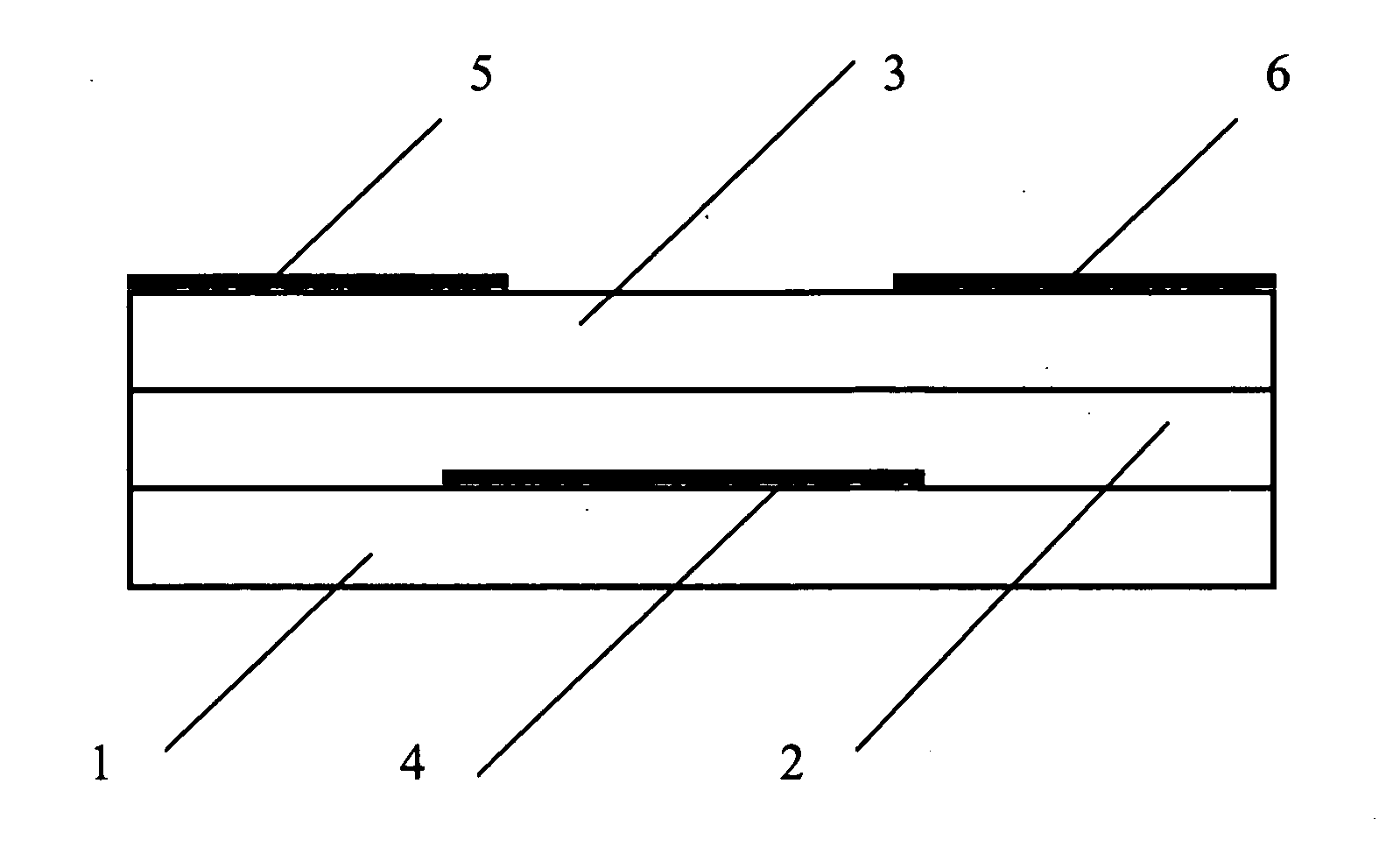Organic thin-film transistor
a thin-film transistor and organic technology, applied in the direction of thermoelectric device junction materials, semiconductor devices, electrical apparatus, etc., can solve the problems of difficult and expensive manufacturing of tfts employing inorganic materials, limited number of tfts which can be fabricated in a single process, and difficulty in obtaining tfts of sufficient uniformity over a large area
- Summary
- Abstract
- Description
- Claims
- Application Information
AI Technical Summary
Benefits of technology
Problems solved by technology
Method used
Image
Examples
example 1
[0062] The resistance of the organic semiconductor layer was measured in situ during heating, and subsequent cooling down in vacuum. In some cases, the layer was exposed to atmospheric air at the end of the heating-cooling cycle. The experiments were carried out either with a SiO2 protective layer or with an uncovered organic semiconductor layer. The results of experiments with uncovered sample of organic semiconductor layer are shown in FIGS. 5 and 6. The resistance was measured in a perpendicular direction relative to the direction of predominant orientation of particles of the colloid solution under external aligning action during of Cascade Crystallization Process.
[0063] In FIG. 5, the curve shows the temperature dependence of the resistance of a sample of organic semiconductor in the course of the heating-cooling cycles in vacuum. Here the temperature is increased from room temperature to 360° C. and then decreased to room temperature in vacuum. FIG. 5 shows that the resistanc...
example 2
[0066] The goal of the experiments cited below, the showing of capacity of organic semiconductor layers made by means of Cascade Crystallization Process to serve as active layers in an organic thin-film transistor.
[0067] Two different techniques are used for making the organic thin-film transistor structure (OTFT) with organic semiconductor layer. In the first method the top contacts are used as a source and drain, and in the second method the bottom contacts are used. To obtain a transistor structure of the first type, the silicon wafer with a silicon dioxide insulator layer located on its top was used. This wafer was coated with organic semiconductor layer made by means of Cascade Crystallization Process, and then the contacts were formed on the wafer top as shown in FIG. 7. The OTFT structure with top source and drain contacts shown in FIG. 7 comprises a silicon wafer 7 that serves as a gate contact, an SiO2 insulator layer 8, an organic semiconductor layer 9, and the gold sourc...
PUM
 Login to View More
Login to View More Abstract
Description
Claims
Application Information
 Login to View More
Login to View More - R&D
- Intellectual Property
- Life Sciences
- Materials
- Tech Scout
- Unparalleled Data Quality
- Higher Quality Content
- 60% Fewer Hallucinations
Browse by: Latest US Patents, China's latest patents, Technical Efficacy Thesaurus, Application Domain, Technology Topic, Popular Technical Reports.
© 2025 PatSnap. All rights reserved.Legal|Privacy policy|Modern Slavery Act Transparency Statement|Sitemap|About US| Contact US: help@patsnap.com



